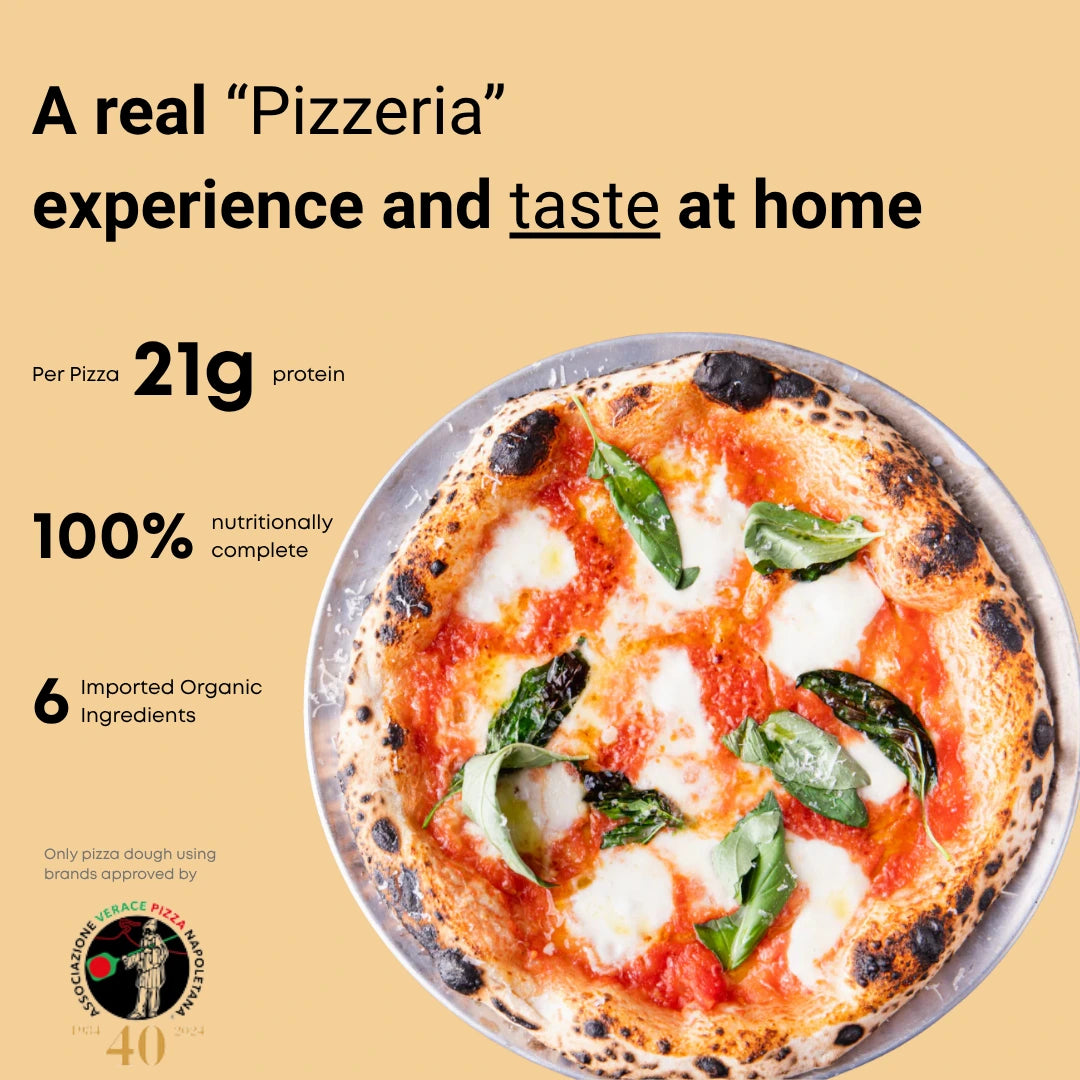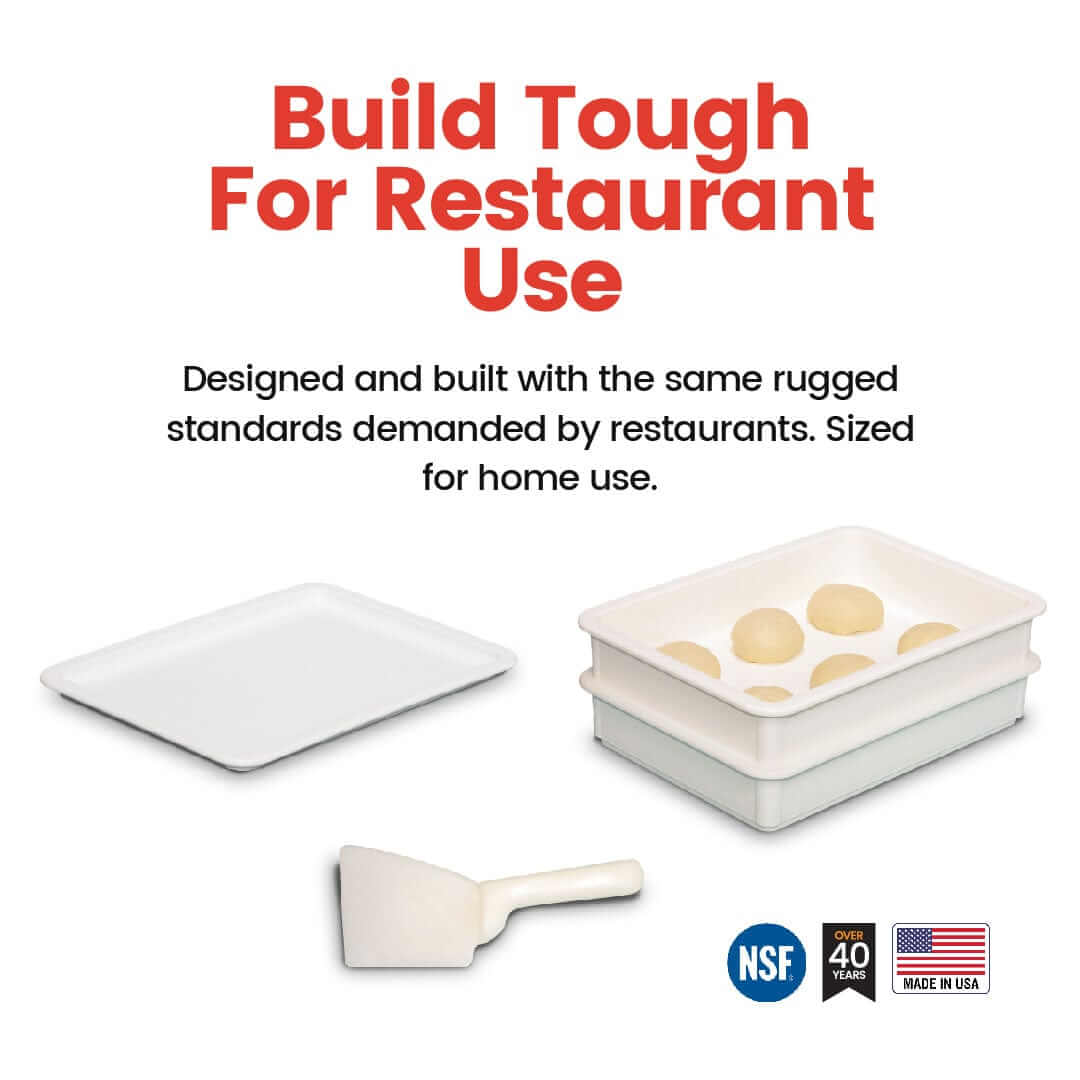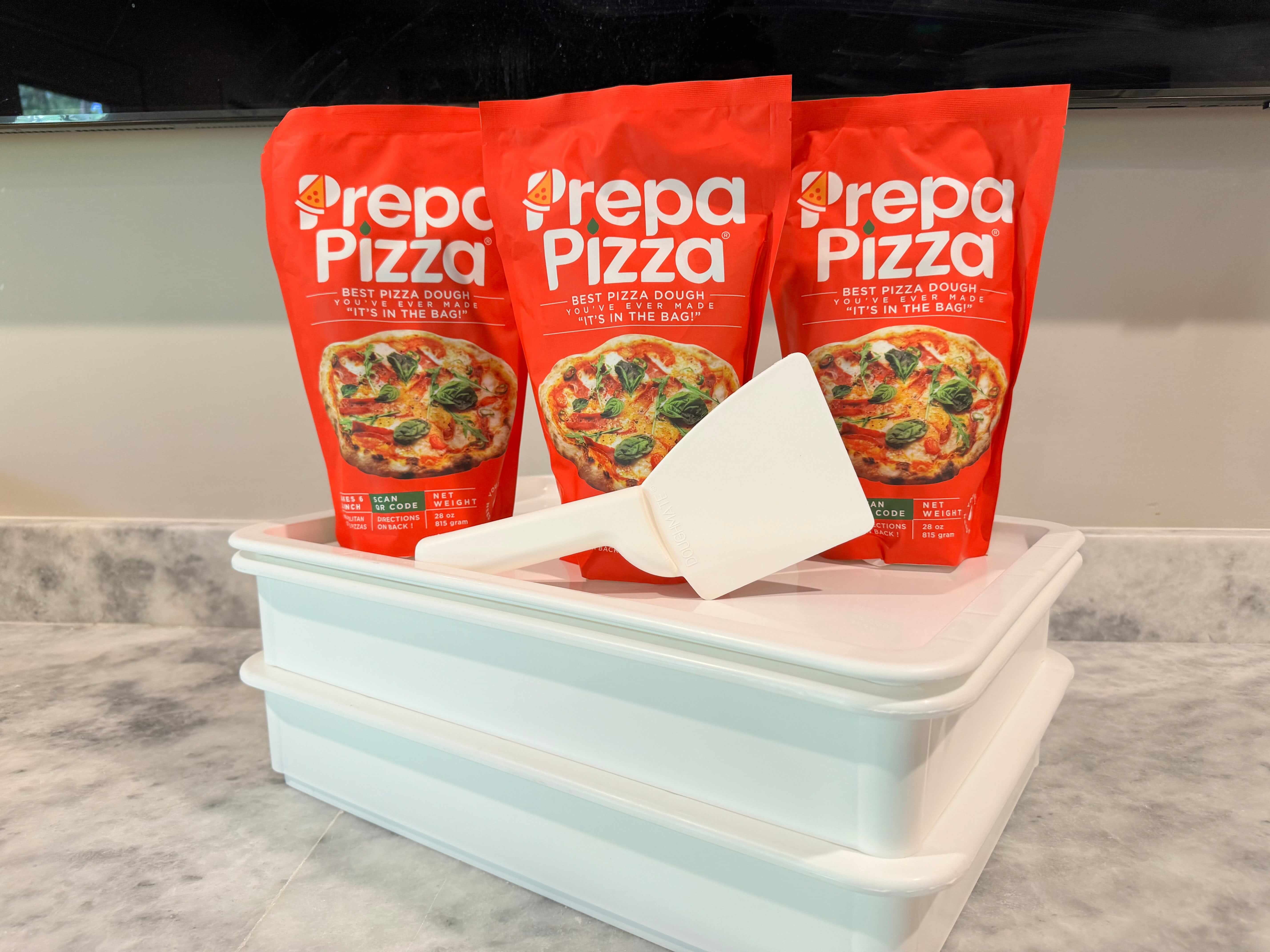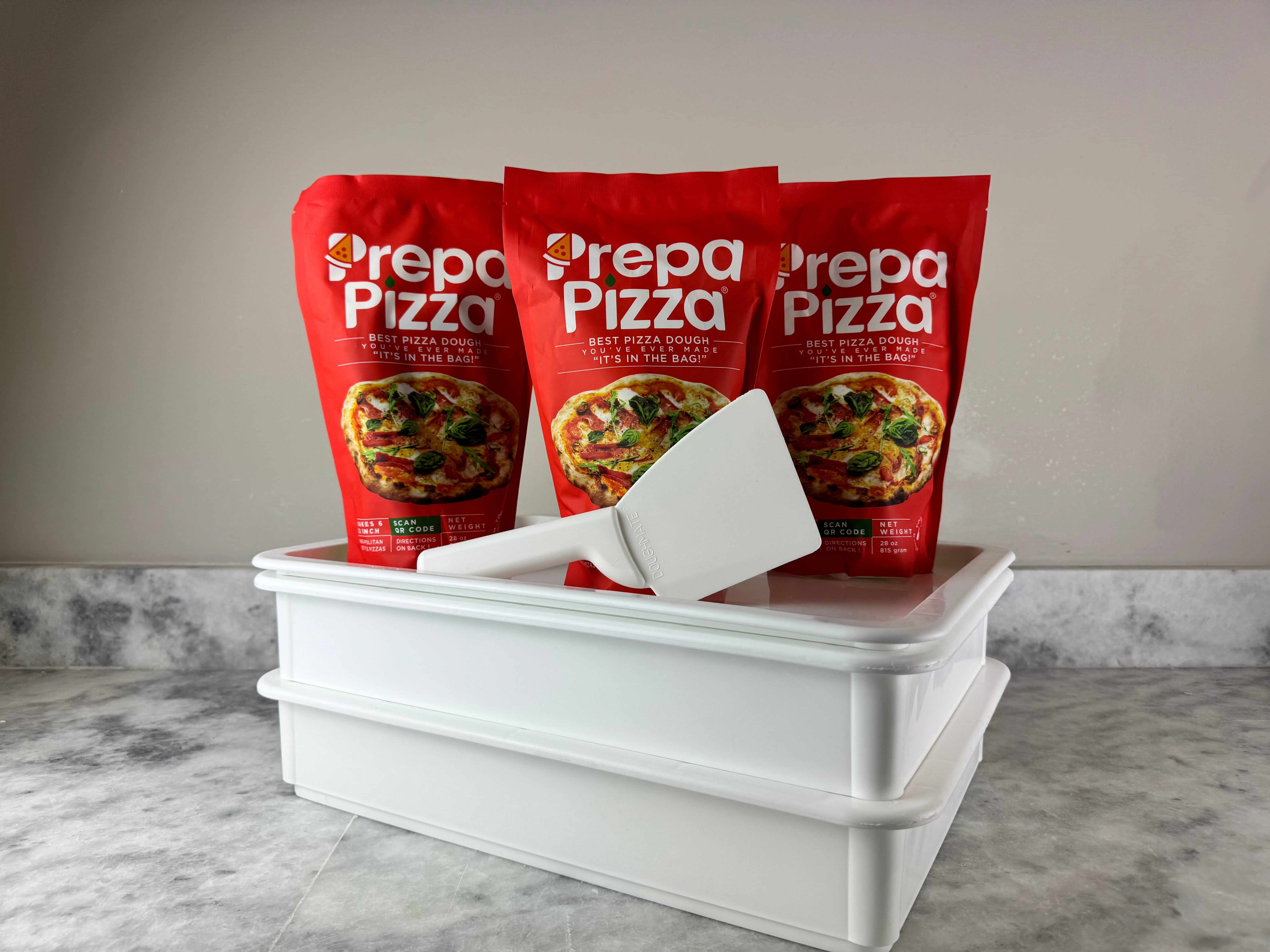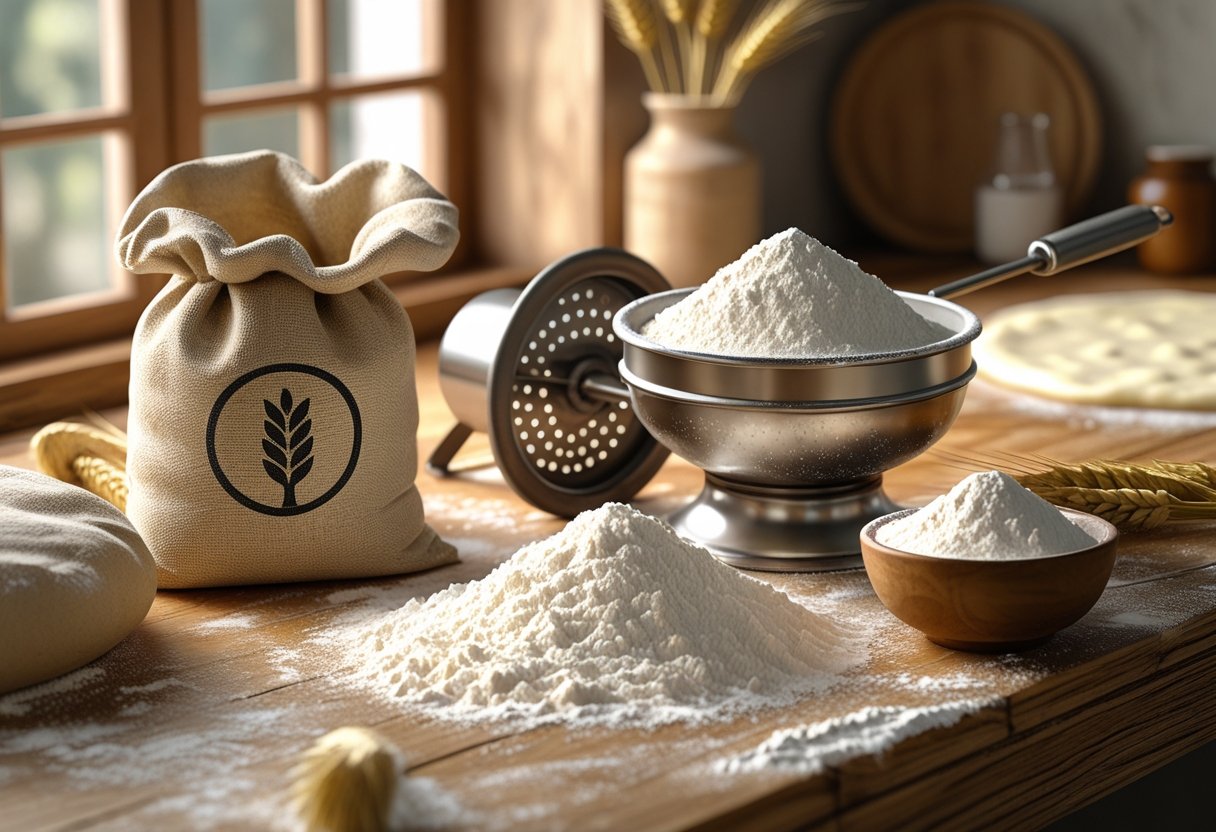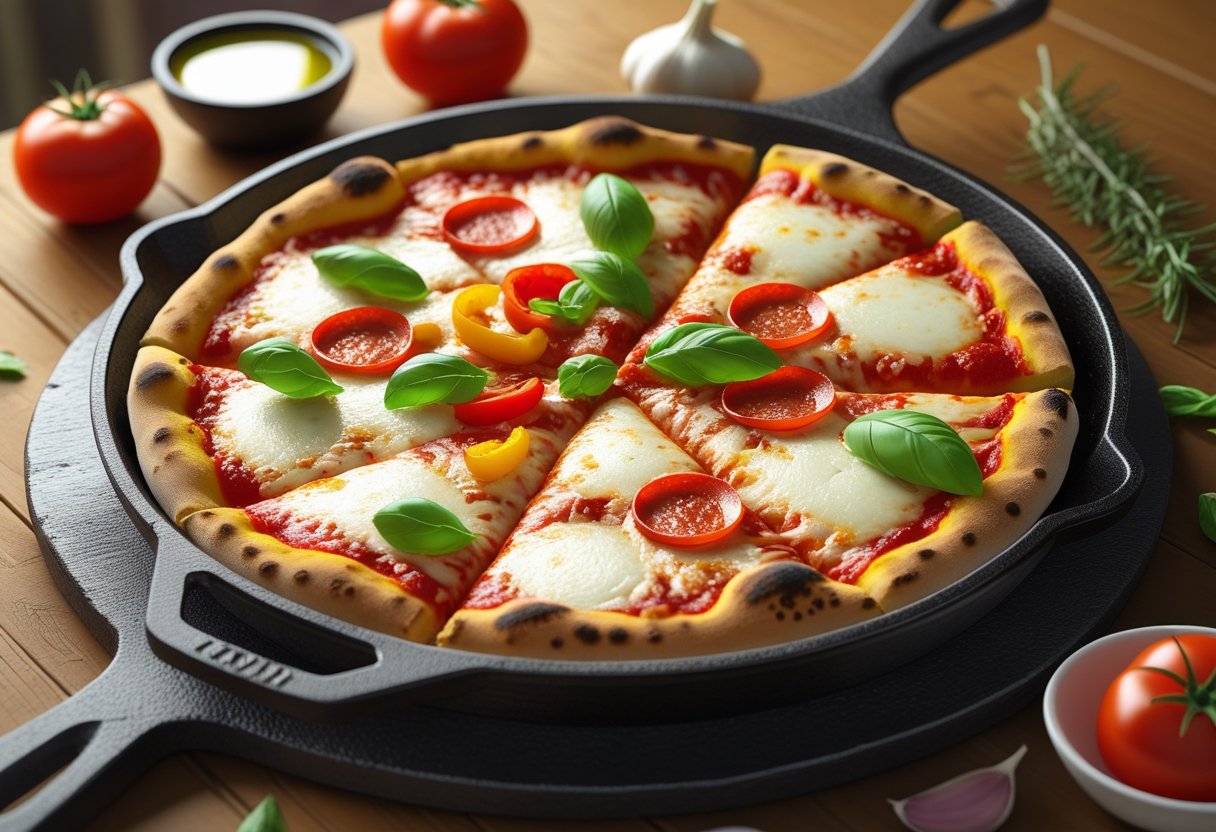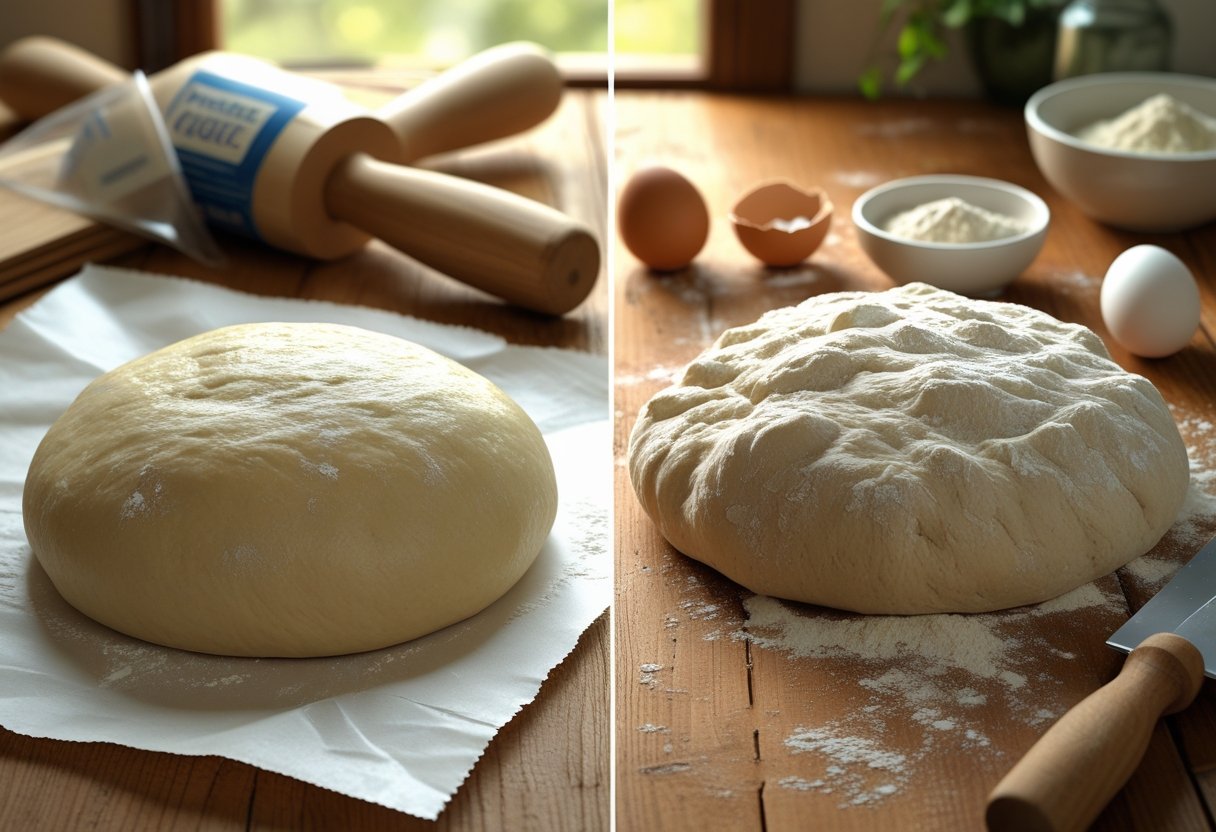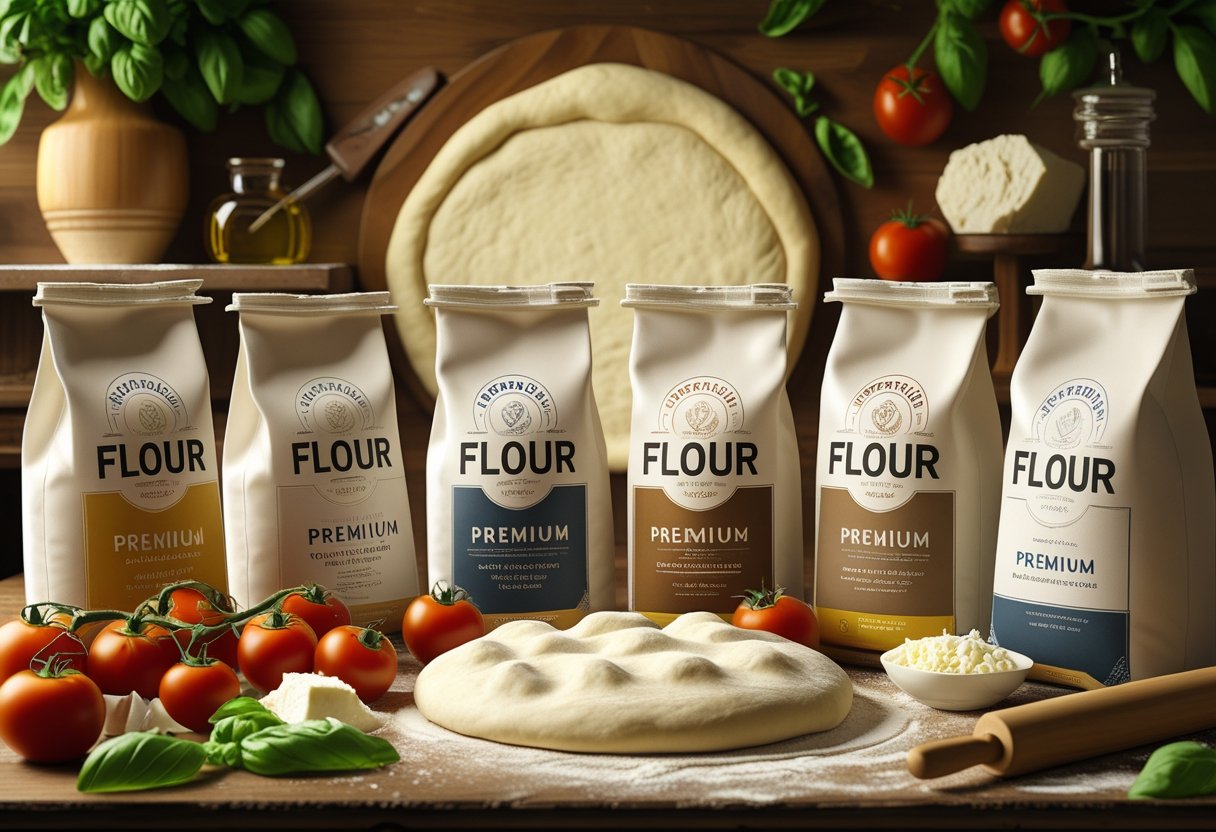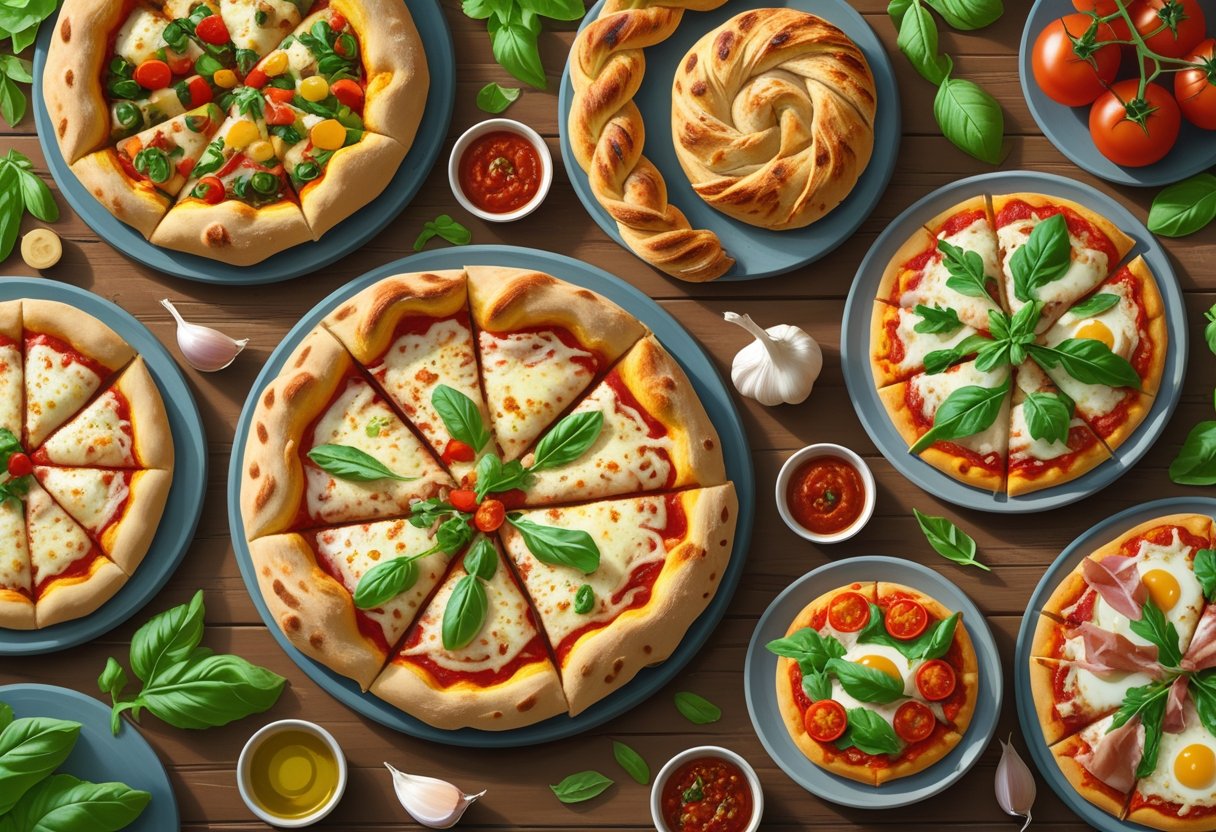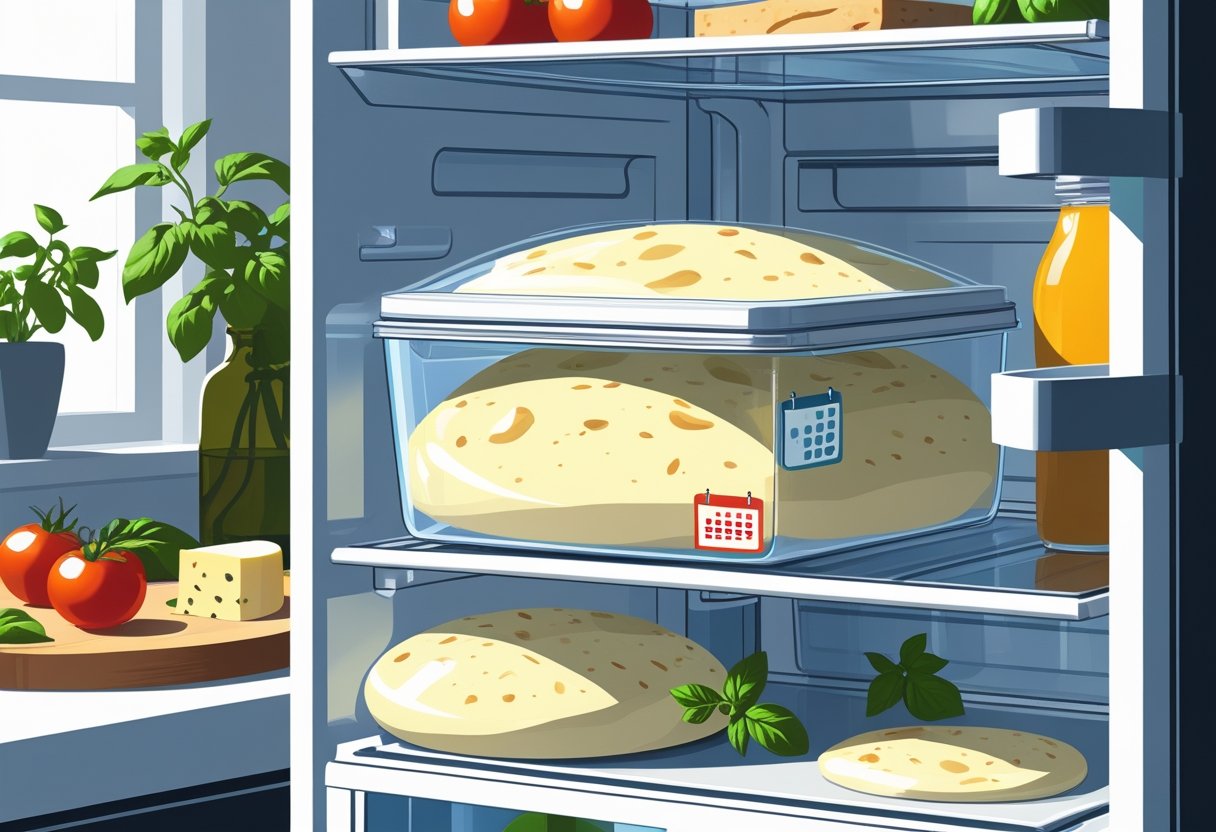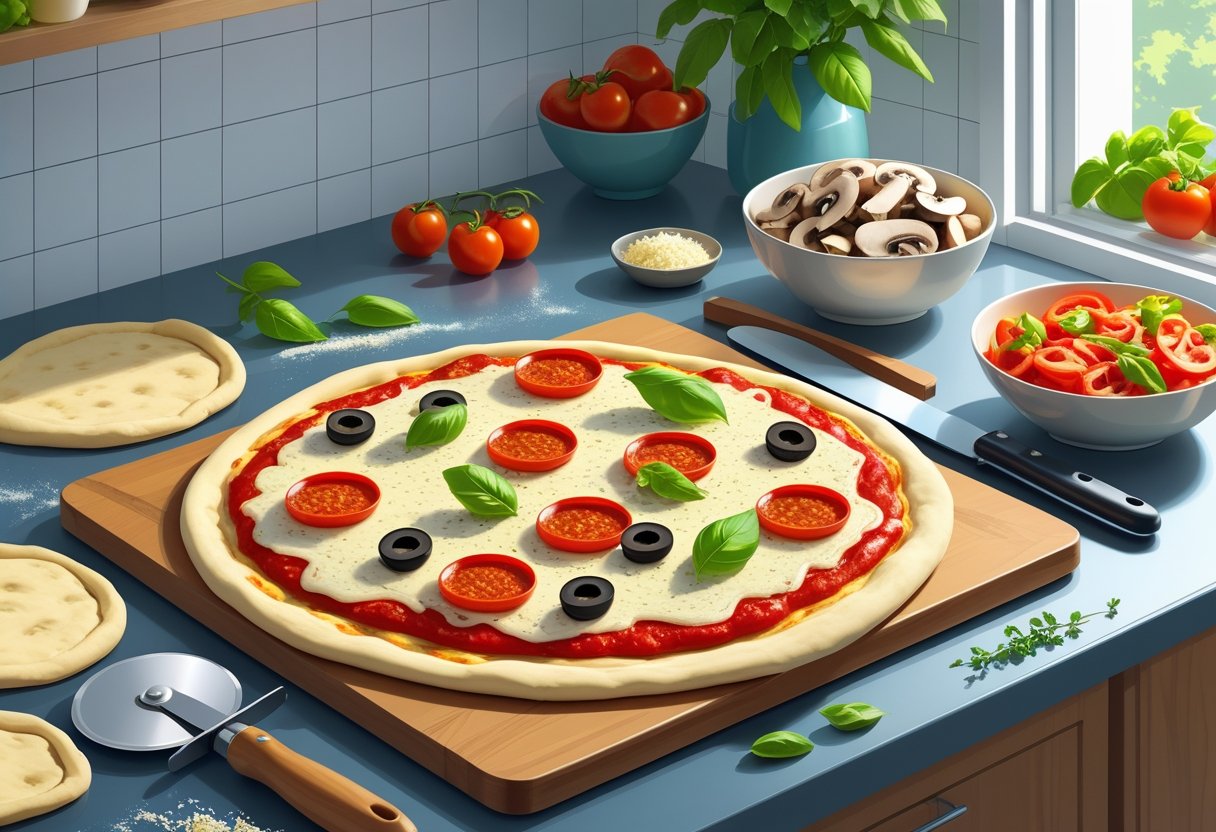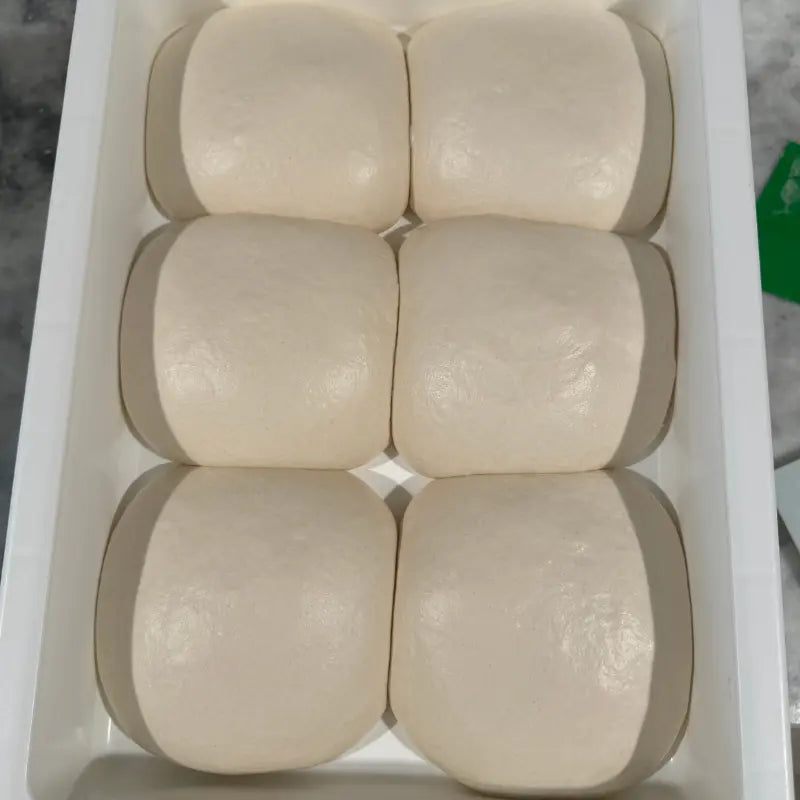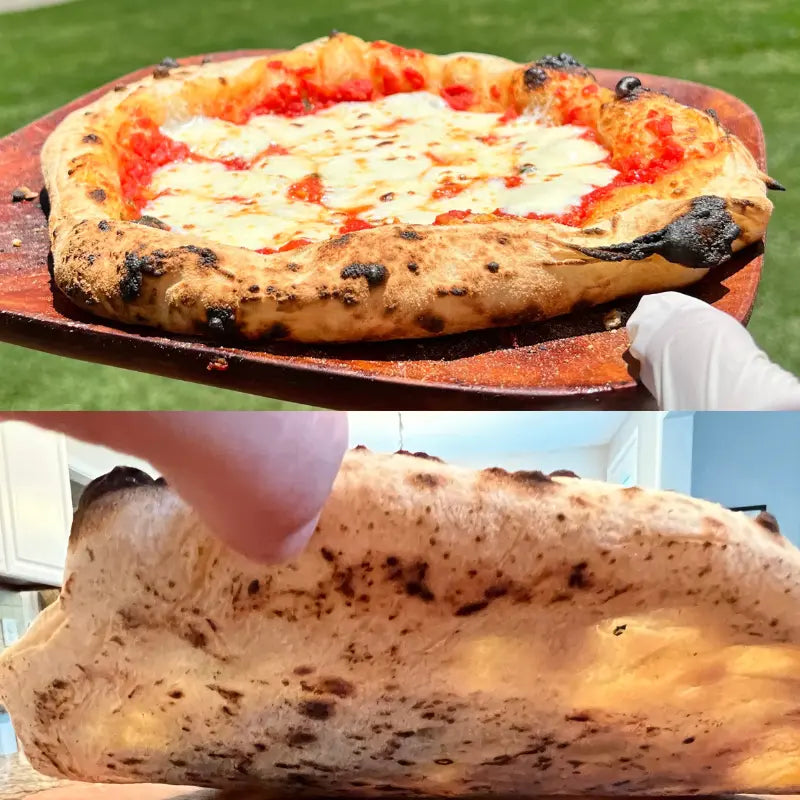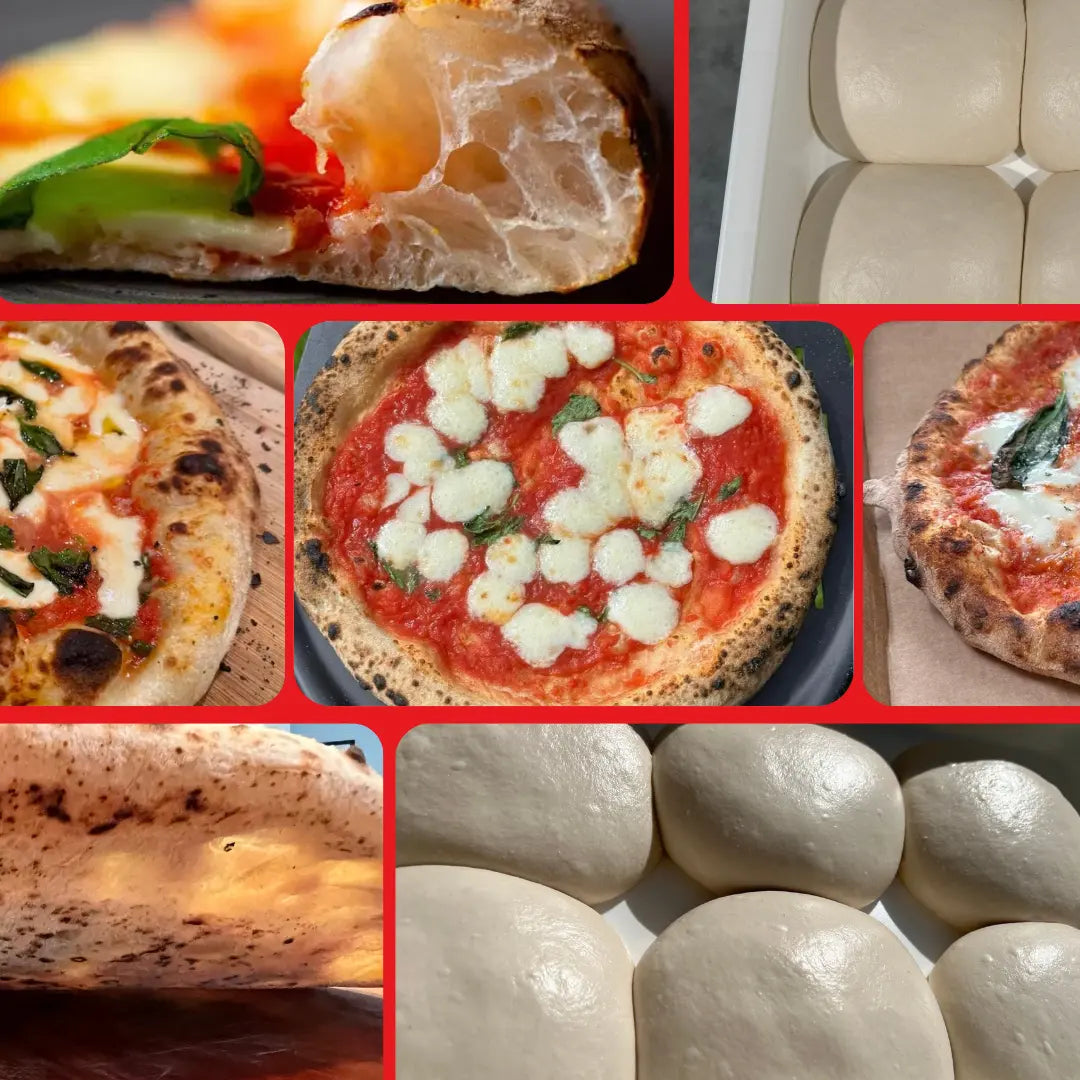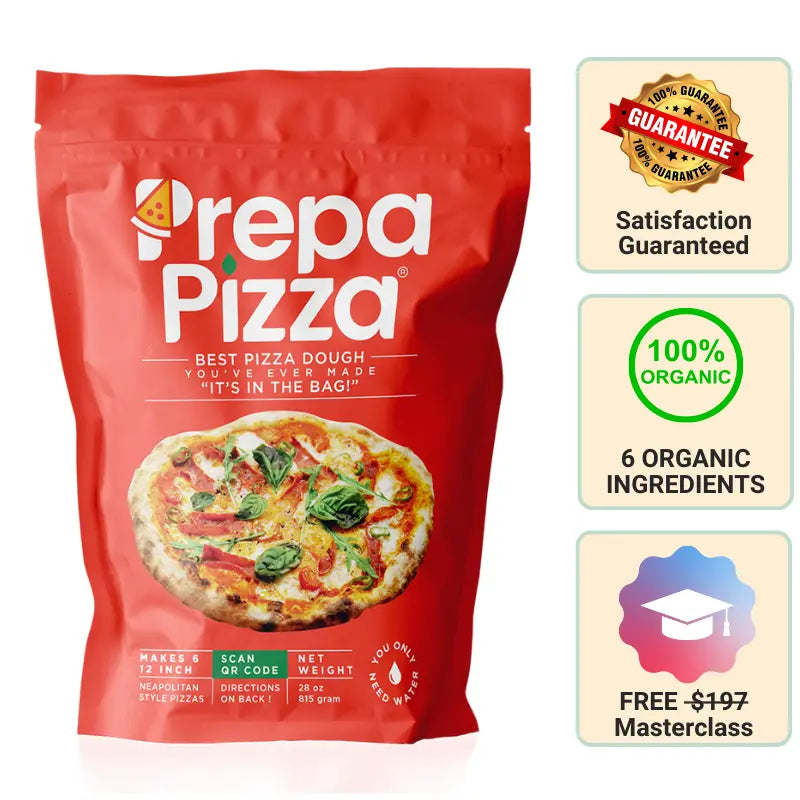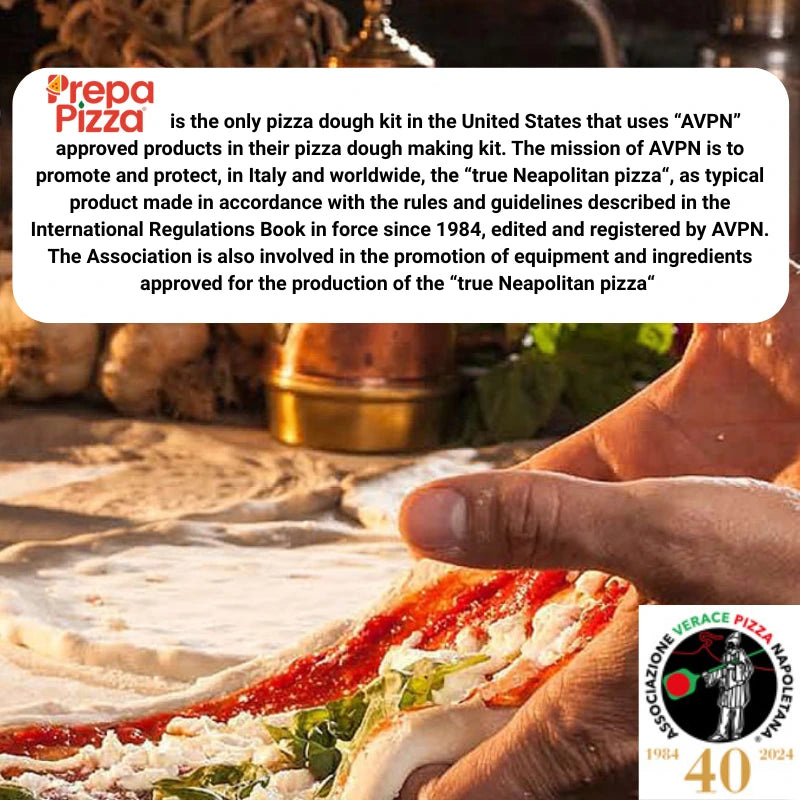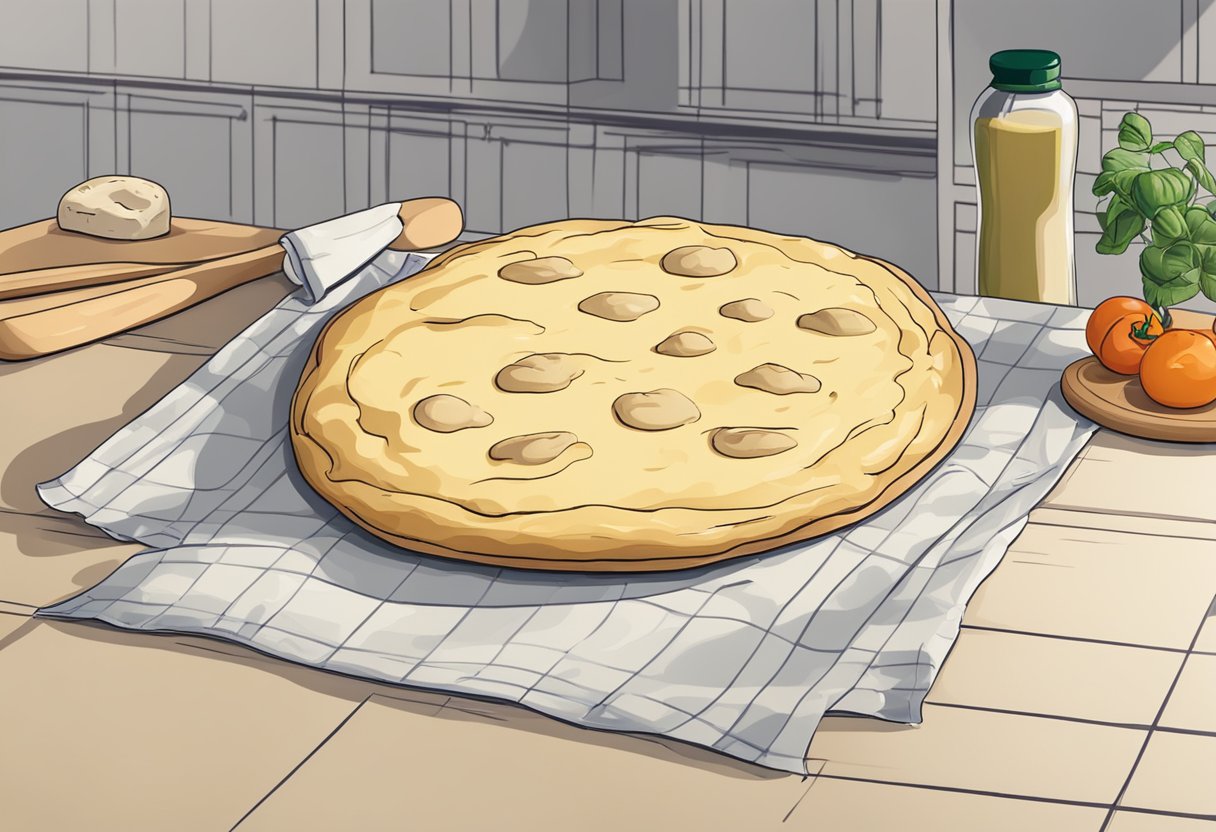
Airy Pizza Dough: The Secret to Light and Fluffy Crusts
If you're looking to create a pizza with a delightful, airy crust, you're in the right place. The secret to achieving that light, airy texture lies in the dough preparation and fermentation process. Using high-quality ingredients plays a crucial role, which is why Prepa Pizza offers a premium premade dough that makes this task easier. You can find our dough kit here.
To achieve an airy pizza crust, consider cold fermentation and gentle handling techniques during preparation. This allows the dough to develop the necessary structure for those characteristic bubbles and lift. By using Prepa Pizza's premade dough, you set yourself up for success, enabling the creation of restaurant-quality pizza in your own kitchen.
With the right techniques and quality ingredients, you’ll not only be able to impress your friends and family but also enjoy a pizza experience that rivals your favorite pizzeria.
What Makes Airy Pizza Dough Unique?
Airy pizza dough stands out for its distinctive texture and structure, resulting in a crust that is light and bubbly. Key factors like gluten development and efficient leavening contribute to this unique quality. Discover how these elements play a crucial role in creating that perfect airy pizza dough.
Characteristics of Airy Crust
An airy pizza crust has a light, chewy texture with large, irregular bubbles that give it a unique appearance. The high hydration in the dough, often above 60%, allows for more steam during baking, which contributes to the crust's rise.
With a chewy exterior and a soft, airy interior, this style of dough creates an enjoyable eating experience. The result is a pizza that is both satisfying and enjoyable, enhancing toppings without overpowering them. You can achieve this with Prepa Pizza's premade dough, ensuring consistency and quality in every bite. For more information, check the Prepa Pizza Dough Kit.
Role of Gluten and Leavening
Gluten is essential in creating elastic dough capable of trapping air bubbles. When mixed and kneaded, gluten proteins develop and create a network that gives the dough its structure. This elasticity helps the dough stretch without tearing, allowing it to hold its shape while rising.
Leavening agents, such as yeast, play a vital role by producing carbon dioxide. As the yeast ferments, it creates air pockets, contributing to the airy quality of the crust. With the right balance of gluten development and leavening, your pizza dough can achieve that desired airy texture, making each bite light and delicious.
Essential Ingredients for Airy Pizza Dough
Creating airy pizza dough involves selecting the right ingredients that contribute to a light, crispy crust. Understanding these components will elevate your homemade pizza and enhance your overall experience. If you prefer convenience without sacrificing quality, consider using Prepa Pizza's premade dough, designed for excellent results.
Choosing the Right Flour
Flour choice significantly impacts the texture of your pizza dough. All-purpose flour can be used, but for superior results, bread flour is recommended due to its higher protein content, which promotes gluten development. Semolina flour can also be blended with other flours to create a unique texture and flavor.
For a great balance, consider a 70% bread flour to 30% semolina ratio. This combination will help you achieve that chewy yet airy quality you desire in your crust.
Importance of Yeast Varieties
Yeast is essential for fermentation and dough rise. You can choose between active dry yeast and instant yeast. Instant yeast is more convenient as it doesn't require proofing and can be mixed directly with dry ingredients.
Use about 2 ¼ teaspoons of yeast to 3-4 cups of flour for best results. Keep in mind that using fresh yeast enhances the flavor and texture of your dough, contributing to that light, airy finish.
Balancing Salt, Olive Oil, and Water
Salt is crucial not only for flavor but also for controlling yeast activity. A good rule of thumb is to add 1-2% salt relative to your flour weight. Olive oil adds richness and helps with the dough's elasticity. Aim for about 1-2 tablespoons of oil for every 3-4 cups of flour.
Water should be warm, around 100°F (37°C), to activate the yeast effectively. The hydration level also influences the dough's texture. A 63% hydration (water weight being 63% of flour weight) is ideal to maintain airiness in your dough.
Sugar’s Influence on Fermentation
Sugar plays a pivotal role in the fermentation process. It feeds the yeast, encouraging it to produce carbon dioxide, which helps the dough rise. A small amount of granulated sugar (about 1 teaspoon per cup of flour) can enhance fermentation.
While sugar helps create an airy dough, too much can lead to a dense texture. Balance is key; just enough sugar will ensure the yeast has the fuel it needs while avoiding excess that could weigh down your crust.
Step-by-Step Guide to Making Airy Pizza Dough
Creating airy pizza dough involves specific techniques to ensure a light and flavorful crust. With the right mixing methods, rise time, and dough elasticity, you can achieve restaurant-quality results. If you're short on time, consider using Prepa Pizza’s premade dough, which is crafted with quality ingredients for excellent flavor and texture. You can explore the options available at Prepa Pizza Dough Kit.
Mixing and Kneading Techniques
Start by gathering your ingredients: high-protein flour, water, yeast, and salt. Combine the flour and yeast in a large bowl. Gradually add warm water, mixing until the dough comes together.
Once mixed, turn the dough onto a floured surface. Knead it for about 8-10 minutes. Look for a smooth, elastic texture. A helpful tip is to apply the windowpane test: stretch a small piece of dough. If it forms a thin membrane without breaking, it’s ready.
Using a stand mixer with a dough hook can also simplify this process, providing consistent kneading. Proper mixing is essential for developing gluten, which contributes to the dough's structure and airiness.
Proper Dough Rise and Proofing
Dough rise is crucial for achieving airy pizza. After kneading, transfer your dough to a lightly greased bowl, cover it with a damp cloth, and let it rise until doubled in size. This can take about 1-2 hours, depending on temperature and humidity.
For even better flavor and texture, consider a cold fermentation method. Shape the dough into balls and refrigerate for 24-72 hours. This slow rise develops deeper flavors and improves the dough’s structure. Always keep an eye on the dough's size—knowing when it’s ready is key to perfect pizza.
Tips for Elastic and Stretchy Dough
To make your dough more elastic and easy to stretch, ensure your flour has a higher protein content. Bread flour is a great choice due to its gluten-forming ability. Additionally, incorporate a small amount of olive oil into your mixing stage; this enhances flavor and increases elasticity.
When rolling out the dough, rely on your hands instead of a rolling pin to maintain its airy texture. Gently stretch the dough from the center outward, allowing for a thicker crust around the edges. If you notice resistance, let it rest for a few minutes before continuing. This will make stretching easier and more effective.
Shaping and Baking for Optimal Texture
Achieving optimal texture in your pizza dough requires the right techniques for shaping and baking. By focusing on hand-stretching methods and selecting the best baking surfaces, you can create a crust that is both crispy and airy. Prepa Pizza offers premade pizza dough that makes these techniques easier to execute perfectly. You can explore their quality offerings here.
Hand Stretching versus Rolling
Hand stretching is the preferred method for achieving an airy texture in your pizza crust. When you stretch the dough by hand, you maintain the air bubbles that contribute to a light and chewy texture. Avoid using a rolling pin, as it can deflate those bubbles, resulting in a denser crust.
To hand stretch, start with the dough at room temperature. Dust your work surface with flour or cornmeal to prevent sticking. Gently flatten the dough with your fingers, then rotate it as you stretch it outward from the center. This technique helps keep the dough light.
Creating a Crispy Yet Airy Crust
For a crust that is crispy on the outside while remaining airy inside, preheat your baking surface effectively. Whether you are using a pizza stone or a pizza oven, achieving the right temperature—ideally around 500°F (260°C)—is essential. A properly heated surface helps create that desirable crust texture.
Sprinkle cornmeal on the pizza peel or baking surface to facilitate sliding the pizza into the oven. This also adds a slight crunch. Make sure to bake the pizza until the cheese is bubbly and the crust has a golden-brown color.
Best Baking Surfaces and Methods
Selecting an appropriate baking surface can significantly influence your pizza's final texture. A pizza stone absorbs moisture, which helps in creating a crispy crust. Preheat your pizza stone in the oven for at least 30 minutes. If using a pizza oven, take advantage of its intense heat for optimal results.
If you don’t have a pizza stone, consider using a baking sheet turned upside down, which can mimic the effects of heat retention. Whichever method you choose, ensure that the surface is hot enough before placing the dough. This will help achieve that perfect balance of crispiness and airiness in your final product.
Serving and Customizing Airy Pizza Dough
When it comes to enjoying your airy pizza dough, the possibilities are vast. With the right toppings and sauces, you can create a masterpiece every time. Prepa Pizza's premade dough offers a premium quality base that enhances your culinary creations. The ingredients are crafted with care to ensure an authentic Italian pizza experience. You can explore various ways to serve and customize, making each pizza night a unique celebration.
Perfect Toppings and Sauces
Choosing the right toppings and sauces can elevate your homemade pizza to the next level. Classic options include:
- Margherita: Fresh mozzarella, tomatoes, and basil
- Pepperoni: Sliced pepperoni for a spicy kick
- Veggie Delight: Bell peppers, onions, mushrooms, and olives
Experiment with gourmet cheeses like goat cheese or blue cheese added to your combinations. For sauces, consider a rich tomato sauce, pesto, or a simple drizzle of olive oil and herbs. These will complement the airy texture of Prepa Pizza's dough perfectly, creating a well-balanced flavor profile.
Using Dough for Calzones and Stromboli
Airy pizza dough is not just for traditional pizzas; it's perfect for calzones and stromboli too. A calzone is essentially a folded pizza, making it easy to customize. Fill it with ricotta, mozzarella, and your favorite ingredients. Seal the edges well to keep the filling inside.
Stromboli, on the other hand, is rolled and then baked. Lay your chosen toppings inside and roll the dough tightly. You can include savory meats, vegetables, and various cheeses for a delightful twist. Both dishes benefit from the airy pizza dough texture, providing a satisfying bite.
Inspiring Homemade Pizza Night
Creating a memorable homemade pizza night starts with great ingredients and creativity. Gather friends or family and let everyone customize their own pizzas. Set up a topping bar with options like fresh basil, sundried tomatoes, and artichokes alongside traditional choices.
Pair your pizzas with garlic knots or a fresh salad to complete the meal. To enhance the experience, you might consider a theme, such as Italian night with classic recipes. By utilizing Prepa Pizza's dough, your pizza night will not only be fun but also delicious, making it a go-to for gatherings.
Frequently Asked Questions
Creating an airy pizza dough involves understanding specific techniques and ingredients that contribute to its light texture. Here are some common questions and answers to help you achieve pizza perfection.
How can I achieve a more airy texture in my homemade pizza dough?
To enhance the airy texture of your pizza dough, allow it to rest after kneading. A cold fermentation process in the fridge for a day or two helps develop flavor and airiness. Consider using Prepa Pizza's premade dough for a reliable starting point that ensures quality and texture.
What techniques are recommended for making dough rise properly for an airy pizza base?
Techniques include proper kneading to develop gluten and allowing the dough to rise in a warm, draft-free area. Punching down the dough before the final rise helps redistribute gases, contributing to a lighter crust. For convenience, Prepa Pizza provides high-quality dough that is ready for use.
Which ingredients are crucial for creating a light and airy pizza dough?
Quality flour with an appropriate protein content is essential, as it affects gluten formation. Adding a small amount of sugar can also help with yeast activation, contributing to a fluffier texture. Always ensure you're using fresh yeast for the best results.
What is the optimal rising time for pizza dough to ensure it becomes fluffy and aerated?
A resting period of at least 1 to 2 hours at room temperature is typical for initial rises. For cold fermentation, 24 to 72 hours can significantly improve the texture and flavor of your dough. For those pressed for time, Prepa Pizza's premade dough is designed to provide the best texture effortlessly.
How important is kneading in the process of making an airy pizza dough?
Kneading is crucial as it develops gluten, which provides structure to the dough and traps air during fermentation. Proper kneading helps ensure your crust achieves that desired airy quality.
Can you use a food processor to make airy pizza dough, and if so, how?
Yes, using a food processor can streamline the kneading process. Combine your ingredients and pulse until just blended, then allow the dough to rest to develop gluten and air. Paired with Prepa Pizza's premade dough, it can make the process even easier while delivering great results.

